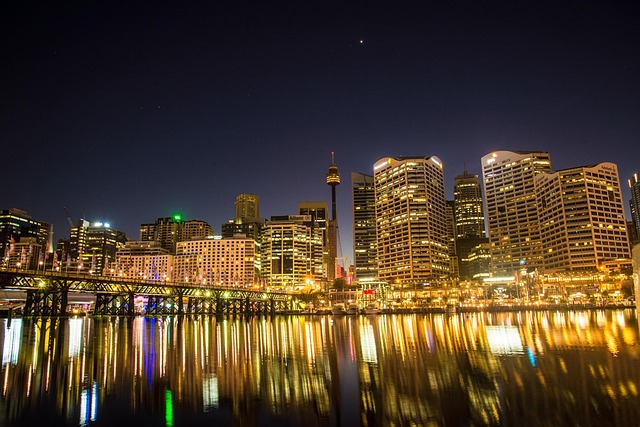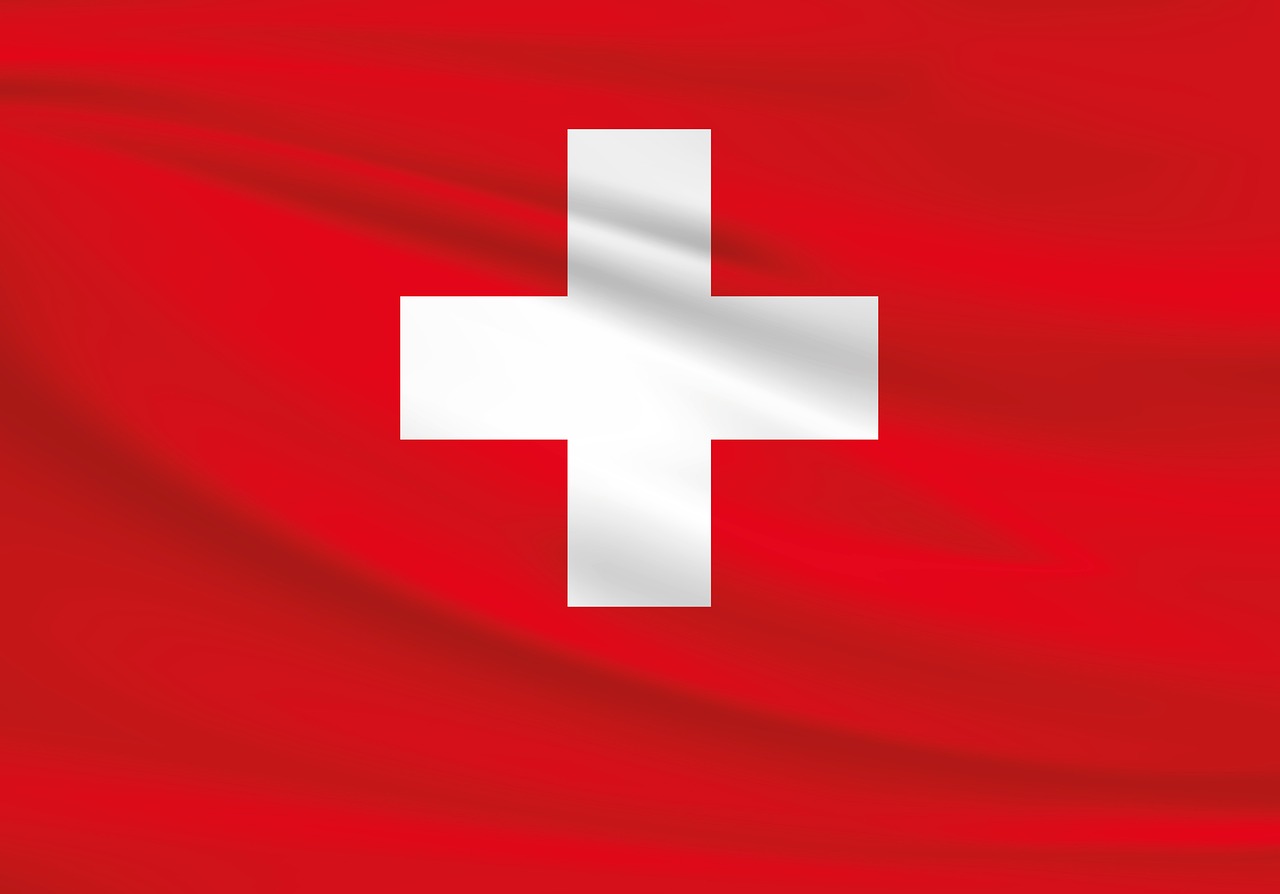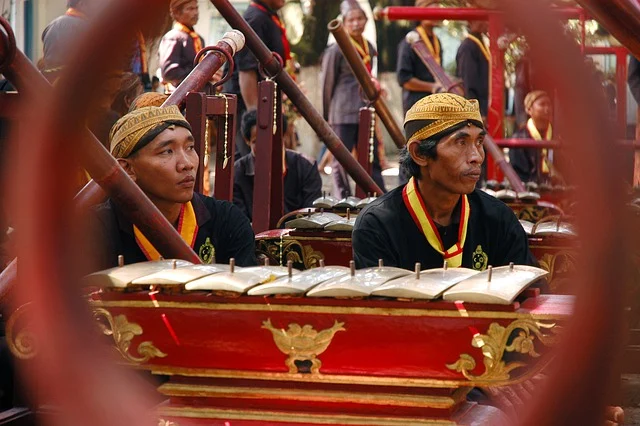Swiss Literature: Famous Authors and Works

Swiss literature, though often overshadowed by the literary giants of its neighboring countries, boasts a rich and diverse tradition that reflects the country’s multilingual and multicultural identity. With four official languages—German, French, Italian, and Romansh—Swiss literature is a mosaic of voices, styles, and themes. From the philosophical musings of Jean-Jacques Rousseau to the modernist experiments of Friedrich Dürrenmatt, Swiss authors have made significant contributions to world literature. In this article, we will explore some of the most famous Swiss authors and their notable works, highlighting the unique characteristics of Swiss literary heritage.
1. Jean-Jacques Rousseau (1712–1778)
Language: French
Jean-Jacques Rousseau, born in Geneva, is one of the most influential thinkers and writers of the Enlightenment. Although he spent much of his life in France, his Swiss roots deeply influenced his work. Rousseau’s writings on education, politics, and human nature have had a profound impact on modern philosophy and literature.
Notable Works:
- “The Social Contract” (1762): A foundational text of political philosophy, this work explores the concept of the general will and the idea of a just society.
- “Emile, or On Education” (1762): A treatise on education that emphasizes the importance of nurturing a child’s natural development.
- “Confessions” (1782): An autobiographical work that is considered one of the first modern autobiographies, offering a deeply personal and introspective account of Rousseau’s life.
2. Gottfried Keller (1819–1890)
Language: German
Gottfried Keller is one of Switzerland’s most celebrated writers of the 19th century. His works often reflect his Swiss identity and explore themes of morality, community, and the human condition. Keller’s writing is characterized by its vivid descriptions and keen observations of everyday life.
Notable Works:
- “Green Henry” (1854–1855): A semi-autobiographical novel that follows the life of Heinrich Lee, a young artist struggling to find his place in the world.
- “The People of Seldwyla” (1856–1874): A collection of novellas set in the fictional town of Seldwyla, blending humor, satire, and social commentary.
3. Johanna Spyri (1827–1901)
Language: German
Johanna Spyri is best known for her beloved children’s novel “Heidi,” which has become a global classic. Her works often celebrate the beauty of the Swiss Alps and emphasize themes of family, friendship, and resilience.
Notable Works:
- “Heidi” (1881): The story of a young orphan girl who lives with her grandfather in the Swiss Alps, capturing the hearts of readers with its depiction of rural life and the bond between humans and nature.
- “Heidi Grows Up” (1881): A sequel to “Heidi,” continuing the adventures of the titular character as she navigates life in the city and the mountains.
4. Friedrich Dürrenmatt (1921–1990)
Language: German
Friedrich Dürrenmatt is one of Switzerland’s most prominent 20th-century writers, known for his plays, novels, and essays. His works often combine dark humor, absurdity, and moral dilemmas, reflecting his critical view of society and human nature.
Notable Works:
- “The Visit” (1956): A tragicomedy that tells the story of a wealthy woman who returns to her impoverished hometown and offers a fortune in exchange for the life of the man who wronged her.
- “The Physicists” (1962): A satirical play that explores the ethical responsibilities of scientists and the consequences of their discoveries.
- “The Pledge” (1958): A crime novel that deconstructs the conventions of the genre, focusing on the psychological toll of obsession and justice.
5. Max Frisch (1911–1991)
Language: German
Max Frisch is another towering figure in Swiss literature, known for his novels and plays that explore identity, memory, and the human condition. His works often blur the lines between reality and fiction, challenging readers to question their perceptions.
Notable Works:
- “I’m Not Stiller” (1954): A novel about a man who denies his identity and claims to be someone else, raising questions about self-perception and societal expectations.
- “Homo Faber” (1957): The story of an engineer who believes in rationality and control but is confronted with the unpredictability of life and fate.
- “The Fire Raisers” (1958): A play that uses dark humor to critique complacency and the rise of totalitarianism.
6. Blaise Cendrars (1887–1961)
Language: French
Blaise Cendrars, born Frédéric-Louis Sauser, was a Swiss-French novelist and poet known for his adventurous life and experimental writing style. His works often reflect his travels and experiences, blending reality and imagination.
Notable Works:
- “The Prose of the Transsiberian and of Little Jeanne of France” (1913): A long poem that captures the rhythm and energy of a train journey across Siberia.
- “Moravagine” (1926): A novel about a madman and his companion, exploring themes of freedom, violence, and the human psyche.
7. Hermann Hesse (1877–1962)
Language: German
Although Hermann Hesse was born in Germany, he became a Swiss citizen in 1923 and spent much of his life in Switzerland. His works often explore spiritual and philosophical themes, reflecting his interest in Eastern religions and existentialism.
Notable Works:
- “Siddhartha” (1922): A novel that follows the spiritual journey of a man named Siddhartha during the time of the Buddha.
- “Steppenwolf” (1927): A profound exploration of the human psyche, focusing on a man torn between his animalistic and intellectual sides.
- “The Glass Bead Game” (1943): A futuristic novel set in a utopian society, exploring the tension between intellectual pursuits and human emotions.
8. Fleur Jaeggy (1940–)
Language: Italian
Fleur Jaeggy is a contemporary Swiss-Italian author known for her concise and haunting prose. Her works often explore themes of isolation, memory, and the passage of time.
Notable Works:
- “Sweet Days of Discipline” (1989): A novella that delves into the intense and obsessive relationships at a Swiss boarding school.
- “I Am the Brother of XX” (2014): A collection of short stories that showcase Jaeggy’s unique style and psychological depth.
9. Charles-Ferdinand Ramuz (1878–1947)
Language: French
Charles-Ferdinand Ramuz is one of Switzerland’s most important French-language writers. His works often depict rural life and the struggles of ordinary people, blending realism with poetic language.
Notable Works:
- “Derborence” (1934): A novel about a man who survives a landslide and returns to his village, only to find that he has been presumed dead.
- “The Beauty on Earth” (1927): A lyrical exploration of beauty and its impact on human lives.
10. Pedro Lenz (1965–)
Language: Swiss German
Pedro Lenz is a contemporary Swiss author known for his use of Swiss German dialect in his works. His writing captures the rhythms and nuances of everyday life, often with a touch of humor and warmth.
Notable Works:
- “Der Goalie bin ig” (2010): A novel about a former football goalkeeper navigating life after prison, written entirely in Swiss German.
- “Die Nacht ist der Tag, den man ausschläft” (2013): A collection of short stories that showcase Lenz’s talent for capturing the human experience.



